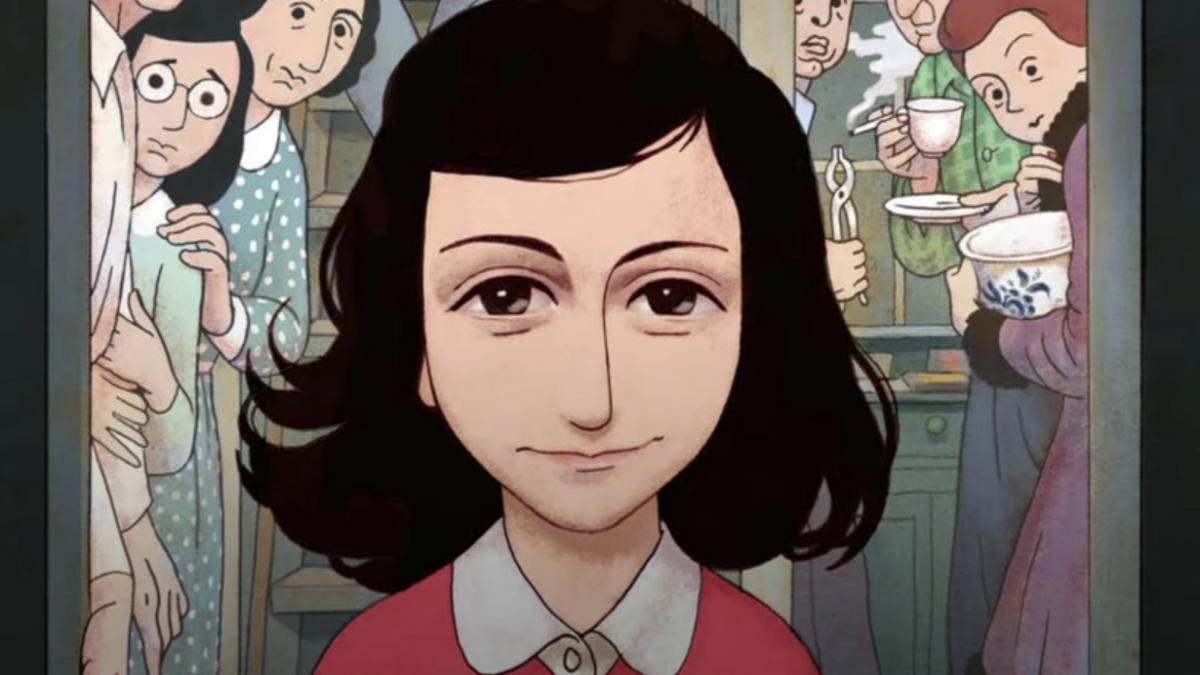Last week, a middle school teacher in Texas was fired for assigning “the graphic adaptation” of Anne Frank’s diary. Judging from most headlines, this seems to be an instance of intolerant and anti-intellectual parents targeting a teacher for trying to engage her class with a text that denounces hate.
Newsweek’s title was typical, “Anne Frank Book Gets Teacher Fired,” placing the blame on the book rather than the teacher, and purposely de-contextualizing the issue so that it’s about the presence of this book, not what was done with it. Understandably, Randi Weingarten, the infamous president of the American Federation of Teachers union, tweeted to her 124,000 followers about the incident to complain about a wrongful termination but had all the details wrong.
All this is to say that there’s more to this story that deserves further examination.
I’ll admit, as an English teacher myself, I sympathized with this woman at first, thinking she must’ve been caught in the crosshairs of some vindictive parents or administrators who disagreed with her politics or lifestyle. I’ve witnessed this and can attest the attacks can be from both sides, and it gets ugly.
However, once I made it past the headline, it became apparent why this teacher was removed from the classroom. First, the book wasn’t included in the class’s approved curriculum. Second, the book included sexually explicit content that was wildly inappropriate for a middle school English class.
At best, the teacher was incompetent and thought using this book would help her struggling readers understand Anne Frank’s story, not thinking about the material in it. At worst, the teacher knew what was in the book, thought it would be good for her students, and wanted to rebel against prescribed standards by going off-script.
For most people, all this might be confusing. After all, how can Anne Frank’s diary be inappropriate when so many millions of students read the book and missed these salacious descriptions? This is because the original version published in 1947, which most people have read, doesn’t include Frank’s descriptions of puberty, genitalia, and lesbian desires, which were in the original diary. For whatever reason, the graphic novel version published in 2017 includes these missing portions, as the Daily Mail’s writeup on this story shows.
That said, this doesn’t make it a bad book. Puberty and sexual desires are normal aspects of young adulthood, and many adolescent readers may take solace in the fact that Frank felt the same things some of them do.
But this kind of content does make it a bad book for whole-class reading in a middle school English class. In this context, the teacher is effectively acting as an authority on sensitive topics, taking it upon herself to introduce, explain, and evaluate what Frank is talking about.
Instead of students encountering these subjects when they’re ready, they are forced to adopt and apply their teacher’s interpretation. Otherwise, they may be punished or suffer a bad grade.
Naturally, this makes for an extremely uncomfortable classroom environment. In addition to assigning the graphic novel to her classes, this teacher was making her students read these parts aloud, which is extremely questionable. Why would she ask 13-year-old boys and girls to read lines about how Frank feels about menstruating or how she wants to grope her friend? Either she gets a perverted thrill from this, or she wants to somehow de-stigmatize or normalize this subject matter for her young students — two things most people would consider sexual grooming.
As a teacher, I also question the instructional merits of assigning a graphic novel as whole-class reading. Most middle schoolers desperately need to practice reading texts, building their vocabulary, logic, and imagination to better comprehend complex ideas in written form. And as much as I love graphic novels as a narrative art form — Scott McCloud’s classic book, Understanding Comics: The Invisible Art, is still a favorite of mine — their reliance on visual representation makes them unsuitable for teaching reading.
Seeing illustrations of Frank with accompanying word bubbles and narration is altogether different from reading her words and putting them together in one’s mind. The content might be similar, but the skills involved are not, and this matters if students are going to be tested on those skills at the end of the year.
Overall, far from condemning the administrators and parents as bullies and book banners, we can say that they did the right thing in dismissing a teacher who crossed more than a few lines. Not only did she neglect to teach age-appropriate content to her classes, but she corrupted her students, doing untold damage to their mental and emotional health.
For the time being, a long-term sub has replaced her while the district looks for someone to fill the vacancy. It’s unlikely the students will learn much in the meantime, but at least they won’t be subjected to further harm.
Hopefully, educators can learn from this story and remember what they were hired to do. Our job is to teach kids knowledge and skills (i.e., how to think), not opinions and values (i.e., what to think), and certainly not how to become activists (i.e., not to think). This might mean reading the PG version of Frank and avoiding various hot topics that come up in class discussions. That’s fine.
The kids will grow into adults and think about these things when they’re ready. We just need to make sure they actually do grow into adults and learn how to think in the first place.








